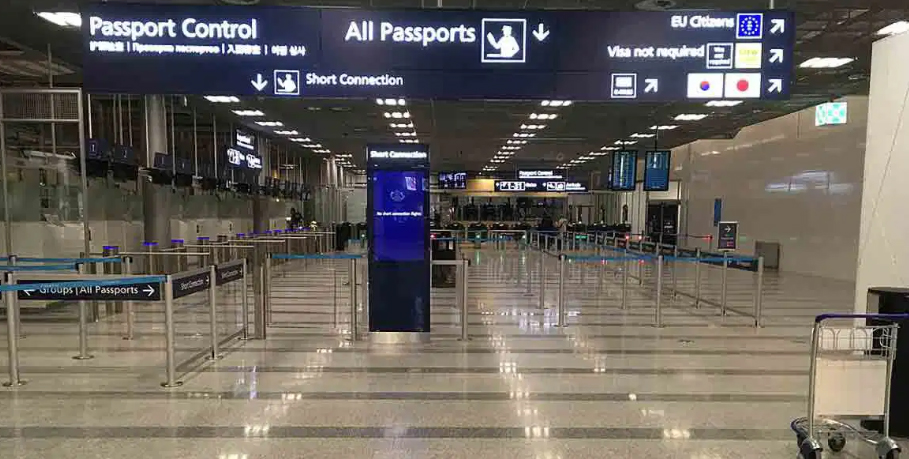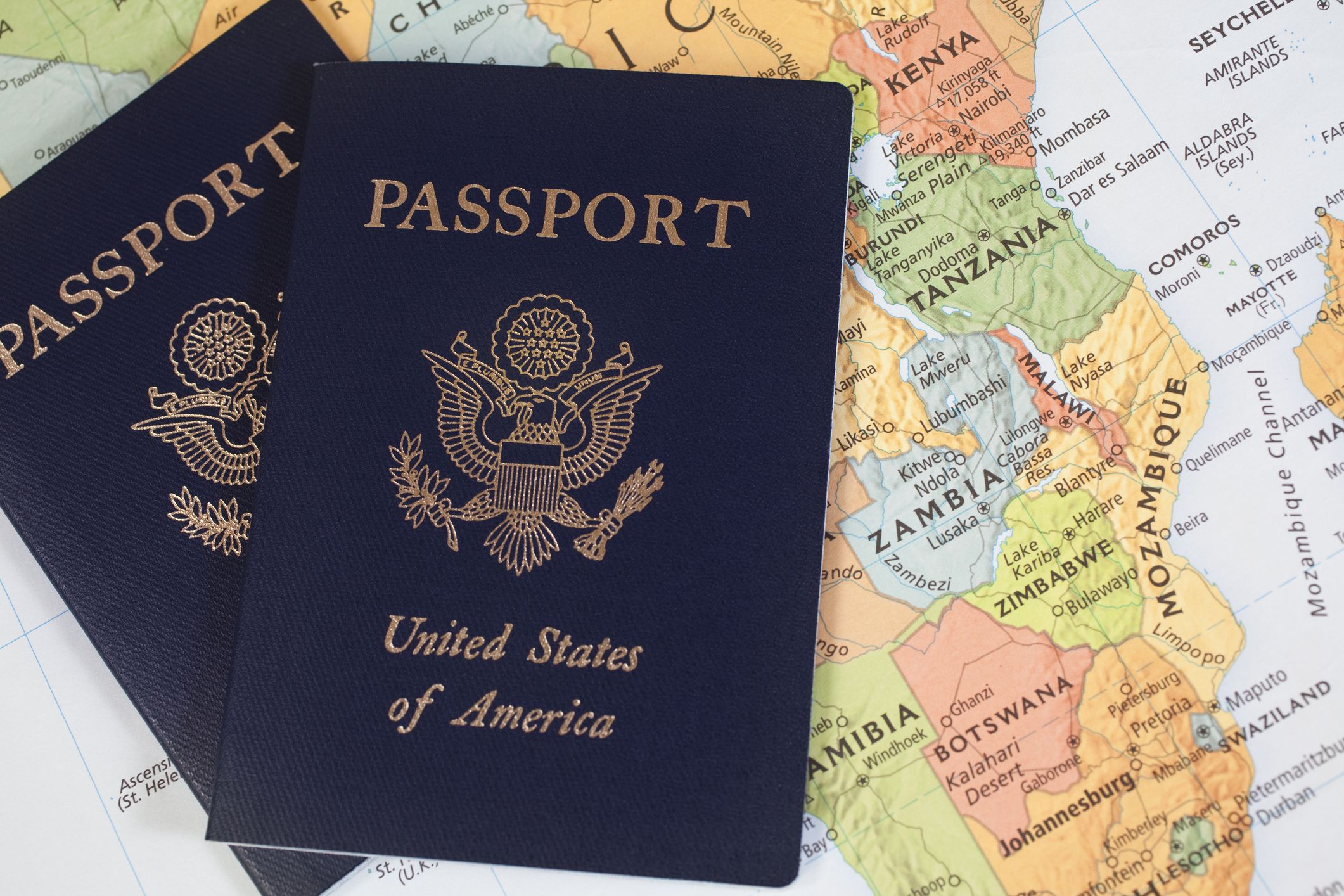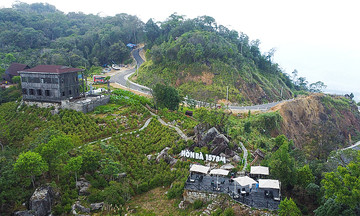The first organized border control system is believed to have appeared in Warring States-era China (475–221 BC) and was formalized during the Han Dynasty (202 BC–220 AD). With the development of the Silk Road, people were required to carry permits stating their identity, purpose, and travel route to pass through checkpoints. In ancient Rome, people on official business were given letters of introduction written by the Emperor, ensuring their safety and assistance during their travels. These documents, often written on wood, are described by scholars as precursors to passports or visas.
 |
Immigration area at Helsinki International Airport, Finland. Photo: *Wiki* |
The closest form to the modern passport in the Middle Ages was the "sauf conduit," or safe conduct between countries, according to historian Martin Lloyd in his book *The Passport: The History of Man’s Most Travelled Document*. This letter of guarantee, issued by a king or government, specified the bearer's name and the purpose of the trip.
Classic black-and-white films depict early 20th-century America with a constant stream of immigrants, mostly passing through Ellis Island. There, they underwent a cursory health check and a few procedural questions before almost certainly being allowed to continue their journey inland. At that time, the concept of globally standardized identification documents didn't exist, making immigration relatively easy.
After World War I, the wave of migration caused concern among nations. In 1920, the League of Nations (the precursor to the United Nations) adopted a resolution standardizing passports globally, making them the international norm. However, the goal wasn't to encourage tourism but to control the flow of people and restrict immigration.
 |
A US passport, one of the top 10 most powerful passports in the world in 2025. Photo: *Tripsavvoy* |
Since 1963, when passport standards became widely adopted, people have had their citizenship tied to a small document filled with personal information, barcodes, biometric images, and high-security features.
In the 21st century, passports are not just documents; they are valuable assets like real estate or artwork. In the counterfeit passport market, some countries even sell legal citizenship – Malta for over 1 million USD, or Cyprus with a substantial investment requirement.
"A passport is a kind of shield – when you are a citizen of a wealthy nation," observed journalist Atossa Araxia Abrahamian, author of *The Cosmopolites: The Coming of the Global Citizen*. Holding three citizenships – Canadian, Swiss, and Iranian – Abrahamian stated she doesn't feel attached to any particular nationality and views passports as accidental results of birth, not representative of identity.
Like Abrahamian, many who oppose the 1920 passport standard argue it wasn't meant to create a democratic travel society but to exert control. In early 20th-century America, married women were only listed as notes in their husbands' passports and couldn't cross borders alone, while men had complete freedom.
Some countries quickly recognized the potential danger of the passport's "soft power" and voiced opposition to Western dominance. However, as scholar Mark Salter wrote in *Rights of Passage: The Passport in International Relations*, even if many countries wanted to abolish passports, as long as a few didn't, no nation dared to do so.
Today, geopolitical instability, border disputes, and discriminatory policies leave millions stateless. According to the United Nations High Commissioner for Refugees (UNHCR), at least 10 million people are stateless – meaning they aren't issued passports and are denied the right to travel freely. This situation again reflects the ambiguous and controversial nature of "citizenship."
Anh Minh (*National Geographic*)












